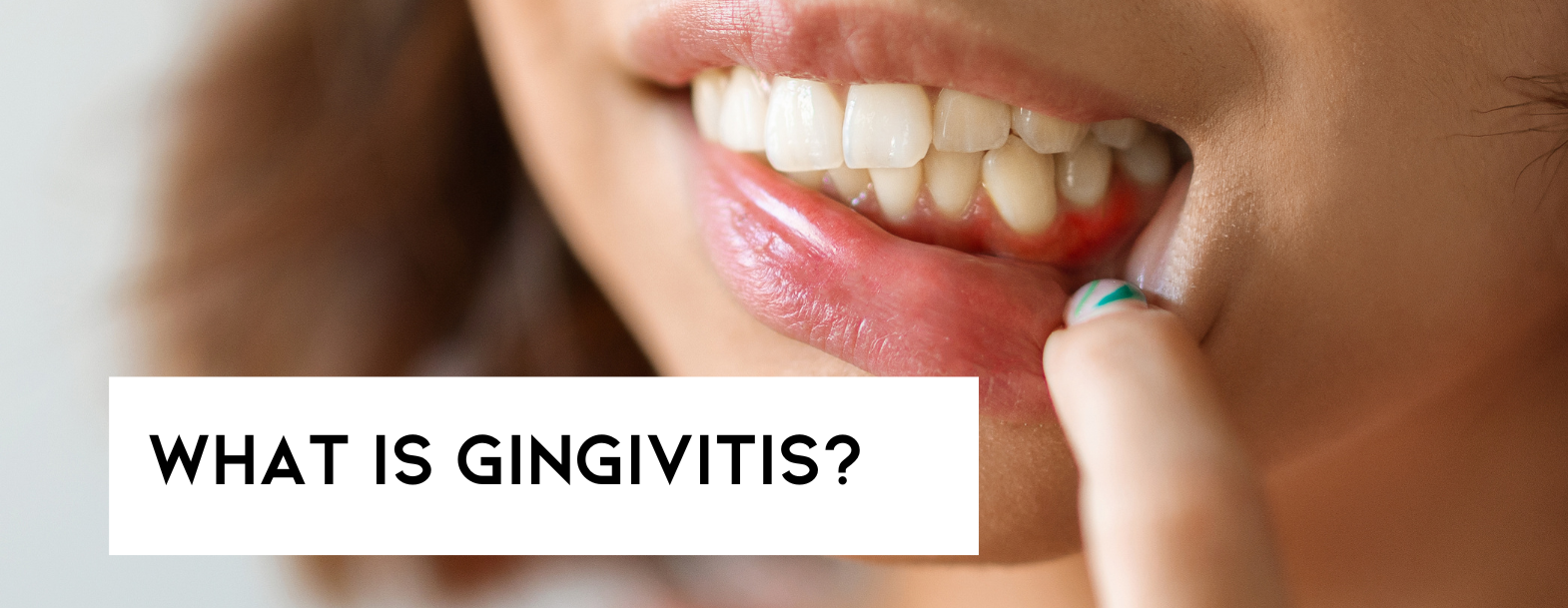At Abbey Mead Dental Practice, we believe in the power of education to promote better oral health. One common dental issue we often see is gingivitis, a mild form of gum disease. Understanding what gingivitis is, its causes, symptoms, and prevention methods is crucial for maintaining healthy gums and preventing more serious dental problems.

Gingivitis is the inflammation of the gums (gingiva) caused by the accumulation of plaque, a sticky film of bacteria that forms on the teeth. While it is a mild and reversible condition, if left untreated, it can progress to more severe gum disease, known as periodontitis, which can lead to tooth loss and other health complications.
First and foremost, poor oral hygiene is the leading cause of gingivitis. Inadequate brushing and flossing allow plaque to build up on the teeth and gums. Additionally, tobacco use, including smoking and chewing tobacco, can impair gum health and make it harder to remove plaque. Hormonal changes, such as those during pregnancy, menstruation, or menopause, can also increase gum sensitivity and inflammation. Furthermore, medical conditions like diabetes and certain infections can heighten the risk of developing gingivitis. Some medications, which reduce saliva flow or cause gum overgrowth, can increase this risk as well. Lastly, a diet lacking in essential nutrients can compromise gum health, making it more susceptible to inflammation and infection.
Recognizing the early signs of gingivitis is key to preventing its progression. Common symptoms include:
Maintaining good oral hygiene and regular dental visits are essential in preventing gingivitis. Here are some tips:
Firstly, brush your teeth at least twice a day with fluoride toothpaste. Use a soft-bristled toothbrush and replace it every three to four months. Secondly, floss daily. Flossing removes plaque and food particles from between the teeth and under the gumline. Additionally, use mouthwash. An antibacterial mouthwash can help reduce plaque and prevent gingivitis. Moreover, eat a balanced diet rich in fruits, vegetables, and whole grains to support gum health. Lastly, visit Abbey Mead Dental Practice for regular cleanings and check-ups to catch gum problems early and receive professional care.
If you are diagnosed with gingivitis, there are several treatment options available to restore your gum health:
At Abbey Mead Dental Practice, we are dedicated to helping you achieve and maintain optimal oral health. Understanding gingivitis and taking proactive steps to prevent and treat it can make a significant difference in your overall gum health. If you have any concerns about your gums or need to schedule a dental check-up, please contact us. Together, we can protect your smile and keep your gums healthy for a lifetime.
Back to Blog